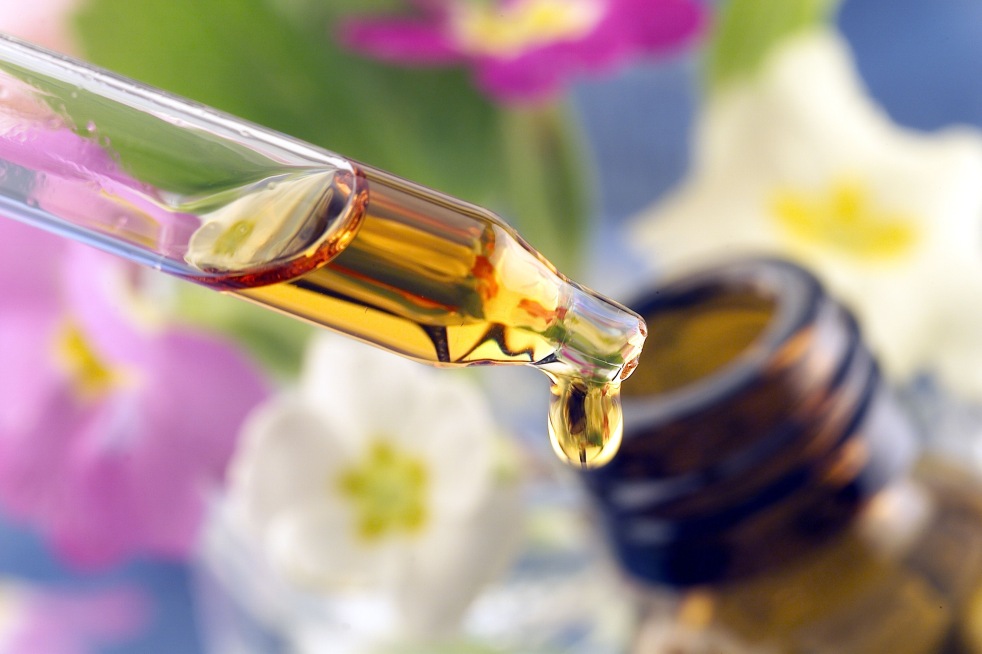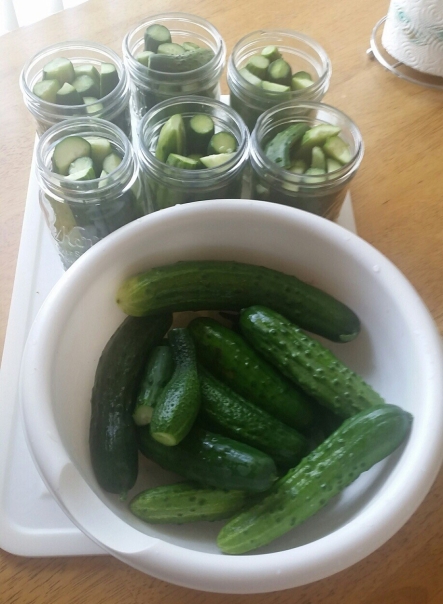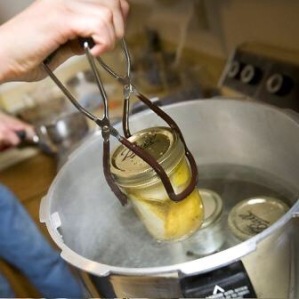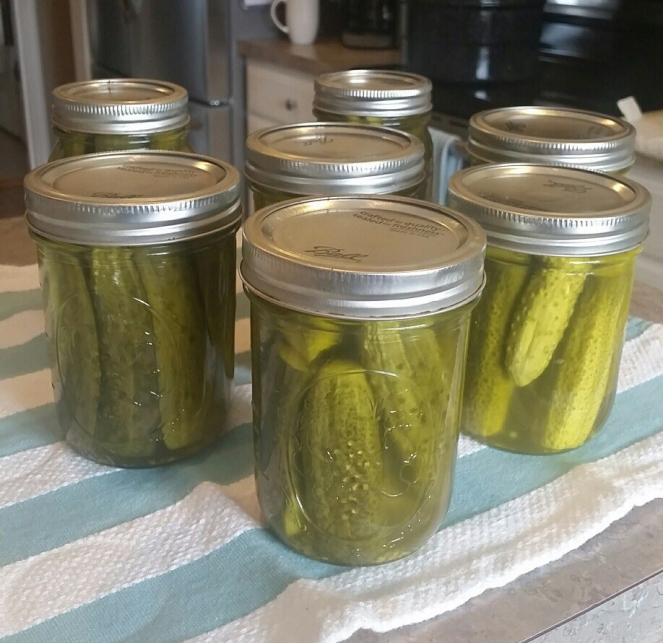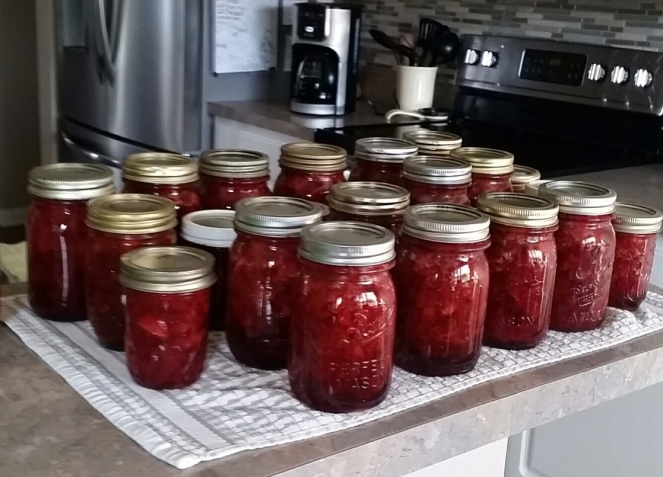Alright guys, if you love essential oils and can’t live without them, or if you’re just curious and wondering what this oil craze is all about…I have put together a list of the top 10 must-have essential oils for summer.
I must start up by saying that I’m not going to push a particular brand on you or bash any other brands that I don’t use…for some reason there tends to be this rivalry among oil users to convince others that your brand is the best. With that said, I have to reiterate that pure quality oils are a must, or they simply won’t be effective, and can even cause harm. You cannot buy quality oils at the grocery store (not even organic chains), pharmacies or over the counter. You pretty much have to order from an essential oil company or through someone who sells for the oil companies. If a company’s main focus is not on essential oils I can guarantee that their oils are not 100% pure, organic or therapeutic grade oils. Now, I know you’re thinking it and yes I do have a company that I use and trust for my family and business. I could go into a whole other post about why I choose this company, but for now we’ll just say they are 100% pure, organic and grown in the most natural state that the plants thrive in.
Ok, so now onto to the summer must-have list! I will list them from 10 to 1, 1 being my favorite and/or most useful for summer.
10. Vacation Car Oils – Can I get an amen?! If you have kids, this is vital in order for your family to arrive at your vacation destination with your sanity and the majority of your hair. For my family it has double purposes. I have 3 members of my family that get car sick…seriously bag carrying, pulling over in the nick of time…car sick. So, it is a must for me to carry peppermint oil and the digestion blend, Digestzen. Simply applying to the stomach and even just smelling these can ward off this awful feeling for my family. Secondly, I carry relaxing oils like Lavender, a grounding blend called Balance and a calming blend called Serenity. You can imagine the value these calming oils can have on a van full of bad attitudes, restless legs and cooped up kiddos. On a road trip these are priceless to me!!
9. Poison Ivy Blend– Also, a yearly tradition is for someone in our house to get poison ivy or poison oak. I can testify it is awful and so annoying to have that constant nagging feeling to scratch. For this you can use
Lavender “neat” (undiluted – full strength), or
Cypress and
Peppermint with just a few added drops of Witch Hazel. Apply as often as needed. (Caution: limit use of Peppermint on little ones under 1 year old).
8. Allergy Blend– For those summer allergies like Ragweed…whatever may be the trigger… LLP is the relief you need. Lemon, Lavender and Peppermint blended with a carrier oil (like coconut oil) is a great way to use it topically, but diffusing and/or taking it orally are very effective as well. Remember, do not take essential oils internally if the company advises against it. My company does inform you if an oil is safe to be ingested or not.

7. Cooling Mist Spray– Oh my goodness, I can’t tell you how great this trick is when you’re standing in line at Disney or some amusement park roasting in the sun. All you need is Peppermint oil, water and a spray bottle. The cooling effect peppermint has on you is remarkable. Tests can actually prove that peppermint can lower your body temperature. Hint: those fan spray bottles (like at Disney) are even better with just couple added drops of peppermint!

6. Super Sleep Blend– Alrighty, I’m just being real. Summer can be hard for us parents to get our kids to bed…and let’s face it, we need quiet time occasionally in order to be fully functioning adults. There are usually a couple nights a week where I have to whip out this sleep blend to get my rascals to bed. I blend 30 drops Serenity (restful blend), 15 drops Lavender and 10 drops Vetiver all in a roller bottle with FCO (Fractionated Coconut Oil). Roll it on wrists, pillows, and (if necessary) on the bottoms of feet and behind ears. It works like a charm…even for my night owl.
5. Bug Bite Blend– If your family is like mine, and you’re outside a lot, then without fail, someone probably forgets to apply bug repellent and you end up with itchy, scratchy kids. This blend is a great relief for them when they just can’t stop scratching. There’s actually 2 variations of this blend, and both are great. First is 25 drops
Lavender, 15 drops
Melaleuca mixed with some
FCO in a roller ball, applying to bites as needed. Second is the allergy blend listed above as
#8, which also works well for bug bites.
4. Stress and Anxiety Blend (Chill Out)– This blend is a must for me when the whole day (for whatever reason) has been difficult or just plain impossible. This is a 50/50 blend of Serenity and Balance(grounding blend). Add 30 drops of each, topped off with FCO, to a roller bottle and you’re set. Roll that sucker on your wrists, behind ears, back of the neck, over your heart…maybe not all at once…but really find the area that works best for you, and reapply until your sanity has returned.
3. After Sun Spray– OMG, it’s hard for me to contain my excitement for this blend!!! It has helped me and my kiddos when we have gotten too much sun, and (well, let’s face it) when I (mom) have forgotten to reapply the sunblock. No more sleepless nights or chills from being severely burned. I apply this blend at the first sight of pinkness on any of us. I generally apply 2 times before bed and by morning we’re usually tanned already. If not, keep applying. It not only tans, but it also removes the heat from the burn and helps to prevent peeling as well. The blend is simply 20-25 drops
Lavender and 8 drops
Peppermint filling the rest of a 2oz spray bottle with
FCO.
2. Lavender– Yep, that’s all. Lavender is a must around the pool and to have readily available if your kids run barefoot outside. I’m not kidding when I say Lavender will take out a bee sting or wasp sting…any sting…in a matter of seconds!! Someone in my crew, without fail, always manages to get stung by the pool, and Lavender is my life saver. I rub it onto the sting area and count to 3 and they’re already jumping back in the pool…after screaming just seconds before from an awful sting. Seriously, this makes my mom job so much easier!

1. Bug/Pest Repellent– Yes, this is a must-have for our family. Three of us I think attract bugs from the neighboring counties! So, I spray us all down…including my dog! It’s non-toxic, and I don’t have to fret over wether or not they get a bath every time I apply this repellent like I did when I used products containing Deet and other harmful chemicals. The blend consists of 25 drops Terrashield, 8 drops Peppermint, 8 drops Lavender, 8 drops Lemongrass and 6 drops Cedar Wood with the remaining amount of the 2oz spray bottle being filled with spring (or distilled) bottled water. Be sure to shake well before each use, and you can reapply as needed. Click here for more info on this blend.
So…there you have it!! The top 10 oils to make your summer easier and more enjoyable. If you’re needing a place to buy quality essential oils, click
here to access my website. Feel free to contact me for more information, or with any questions you may have about essential oils.







